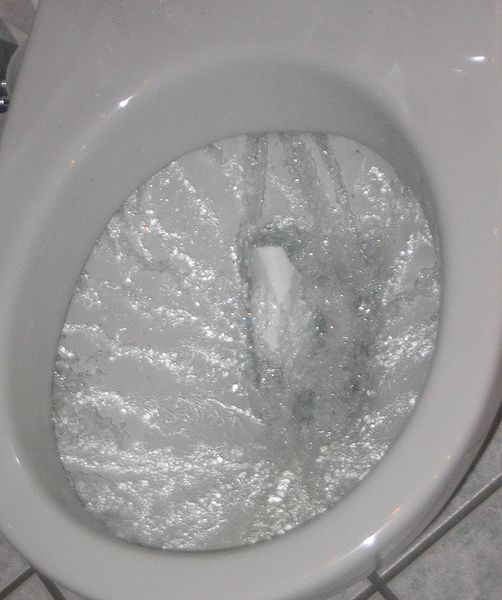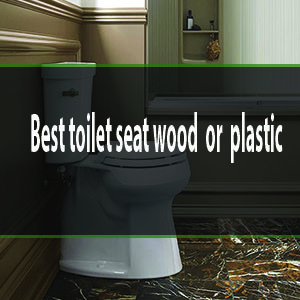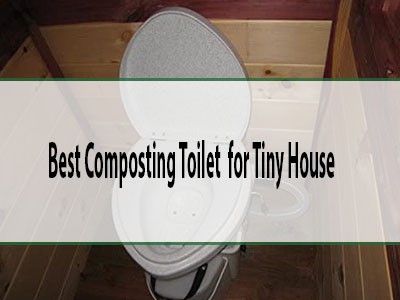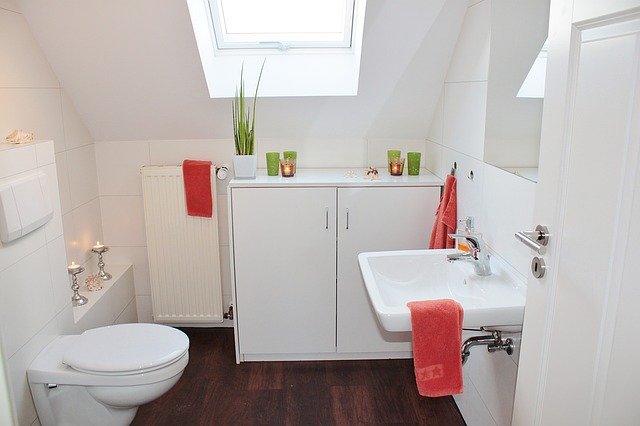Imagine this: you press the toilet handle, expecting the usual swirl and flush, but instead, you’re met with a weak, half-hearted attempt that leaves you feeling frustrated. Sound familiar?
When your toilet doesn’t seem to flush all the way, it can throw a wrench in your daily routine and even lead to bigger plumbing issues if left unchecked. You might be wondering why this is happening and, more importantly, how you can fix it without calling in an expensive professional.
This is where we come in. We’ll guide you through the common culprits behind this annoying issue and provide simple, actionable solutions to get your toilet back to its full flushing glory. Whether it’s a minor tweak or a quick DIY fix, we’ve got you covered. Stay with us, and you’ll soon be saying goodbye to those pesky partial flushes for good.
Table of Contents
Common Causes Of Incomplete Flush
The water tank might not be full. A low water level can make flushing weak. Check the water line inside the tank. It should be near the top. Adjust the float if needed. This can help the water level rise.
A clog can cause an incomplete flush. Small items might block the trap. Try using a plunger. Push gently to remove the blockage. If it doesn’t work, a plumber might help.
The flapper valve seals the tank. If it wears out, it can leak water. This means less water for flushing. Check if the flapper is tight. Replace it if it looks old or loose.
Rim jets help water flow into the bowl. They can get blocked with debris or minerals. Clean the holes with a brush or pin. This can make water flow stronger. A simple fix for a better flush.

Credit: www.superterry.com
Simple Adjustments For Better Flushing
The water in the tank should be at the right level. Too low means a weak flush. Too high could cause spills. Look for the water line mark inside the tank. Adjust the water to meet this mark. Use the fill valve to control water level.
The float controls how much water fills the tank. A high float might cause overflow. A low float leads to weak flushing. Move the float up or down. Turn the screw on the fill valve to adjust. This helps control the water amount.
The chain connects the handle to the flapper. Too long and the flapper won’t lift. Too short and the flapper won’t seal. Adjust the chain length by removing links. Make sure the chain isn’t too tight or loose. The flapper should open and close smoothly.
Clearing Minor Blockages
A plunger helps clear simple blockages in the toilet. Fill the toilet bowl with some water. This helps create a seal. Place the plunger over the drain. Push down gently and then pull up. Repeat this a few times. The suction helps remove the blockage. If water starts draining, you did it right. Make sure to use a good plunger. A bad one might not work.
A toilet auger is handy for tougher clogs. It has a long flexible shaft. Insert the auger into the toilet bowl. Turn the handle to push the tool deeper. Feel the clog? Turn the handle more. This can break up the blockage. Pull the auger back out gently. The clog should be gone. Always clean the auger after use.

Credit: m.youtube.com
Replacing Toilet Parts
The flapper is a rubber part in your toilet. A worn-out flapper can cause flushing problems. First, turn off the water supply. Drain the tank by flushing the toilet. Remove the old flapper by unhooking it. Attach the new flapper to the hooks. Make sure it fits well. Turn the water supply back on. Test the flush. The water should flow freely.
The fill valve controls the water level. A broken fill valve can stop the toilet from flushing right. First, shut off the water supply. Remove the tank lid. Flush the toilet to empty the tank. Unscrew the old fill valve. Place the new fill valve inside. Secure it with the nut. Attach the water supply line. Turn the water supply back on. Check if the toilet flushes correctly.
Cleaning To Improve Performance
Toilets often struggle to flush fully due to buildup or blockages. Regular cleaning can enhance flushing efficiency. A simple scrub and check can prevent water waste and inconvenience.
Unclogging Rim Jets
Rim jets are small holes under the toilet rim. They help with flushing. Dirt and debris can block these jets. This stops the toilet from flushing well. Use a thin wire or a toothpick to clean the jets. Gently poke into each hole. This helps clear the blockage. Flush the toilet to check the flow. Clean jets improve flushing.
Removing Mineral Buildup
Mineral buildup can slow down water flow. It affects the toilet’s flush. Vinegar is useful for removing buildup. Pour vinegar into the tank. Let it sit for a few hours. It helps break down minerals. Flush the toilet to rinse the tank. Repeat if necessary. Regular cleaning helps keep the toilet working well.

Credit: m.youtube.com
When To Call A Professional
A toilet that won’t flush properly often signals a deeper plumbing issue. Persistent clogs, low water pressure, or faulty parts require expert attention. Contacting a professional ensures a quick and effective solution, preventing further damage or inconvenience.
Persistent Flushing Issues
Toilets might not flush well due to many reasons. Persistent problems can mean there’s a hidden issue. Water might not flow properly. This happens when there is a blockage. Blockages can be deeper in the pipes. Simple tools might not help.
Weak flushing might happen often. This means there could be a problem in the tank. Parts might be broken or worn out. A plumber can find these issues. They have the right tools. They know how to fix it fast.
Complex Plumbing Problems
Plumbing can be tricky. Pipes are hidden in walls. Leaks might cause water damage. They can be very small. Sewage issues are also serious. Bad smells or backups can occur. These are signs of big problems.
Fixing these needs special skills. Plumbers have training for these tasks. They ensure everything works right. They make sure your home stays safe and dry.
Frequently Asked Questions
Why Won’t My Toilet Flush Completely?
A toilet may not flush completely due to a partial blockage, low water levels, or a faulty flapper. Check for any visible obstructions in the drain. Ensure the tank’s water level is correct for optimal flushing. Inspect the flapper for wear, as it might not be sealing properly.
How Can I Fix A Weak Toilet Flush?
Fixing a weak flush involves checking water levels, inspecting the flapper, and cleaning the jets. Ensure the tank is full enough for a strong flush. Replace worn-out parts and clean mineral buildup from jets. Regular maintenance can prevent weak flushing issues.
What Causes A Toilet To Flush Slowly?
Slow flushing is often caused by a clog, low water levels, or mineral buildup. Inspect the drain for any blockages and ensure the water level in the tank is adequate. Regularly clean the rim holes and jets to remove deposits that hinder flushing.
Is A Partial Flush A Common Issue?
Yes, partial flushing is a common issue in toilets. It usually results from low water levels, blockages, or old parts. Regular inspection and maintenance can help prevent this problem. Checking and adjusting the water level and replacing worn components can ensure full flushing.
Conclusion
Fixing a toilet that doesn’t flush completely is crucial. It prevents water waste and frustration. Regular maintenance can avoid bigger issues later. Check components like the flapper and handle. Ensure proper water level. Simple adjustments might solve the problem. Remember, sometimes a plumber is the best option.
They can address complex issues. Don’t ignore a sluggish flush. It could lead to bigger problems. Address it promptly for peace of mind. Keep your toilet in good condition. Enjoy hassle-free bathroom visits every day.






